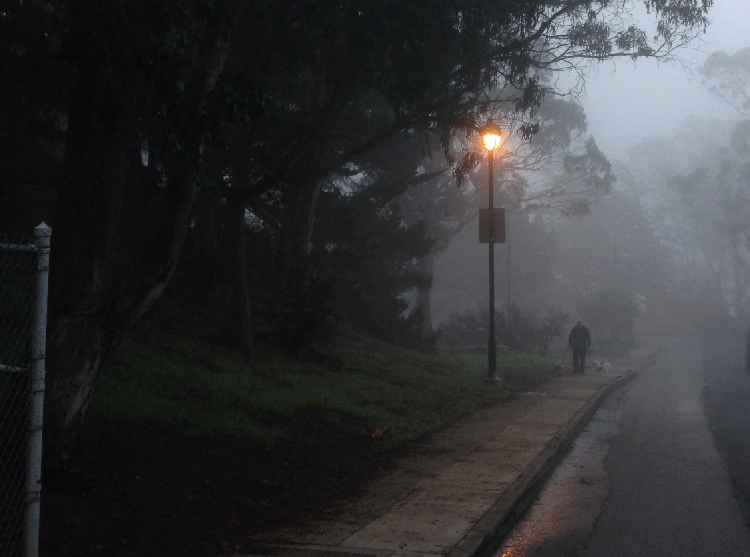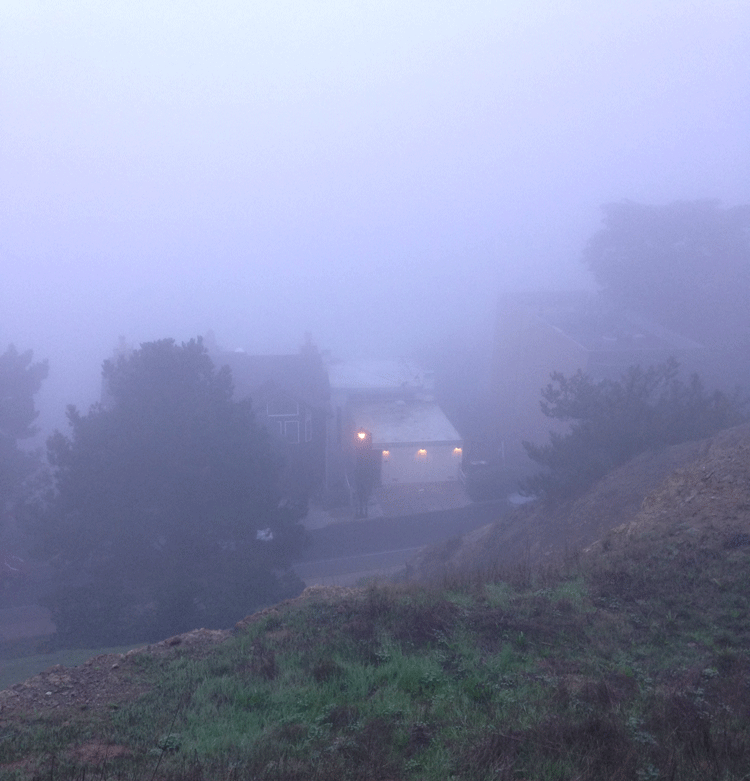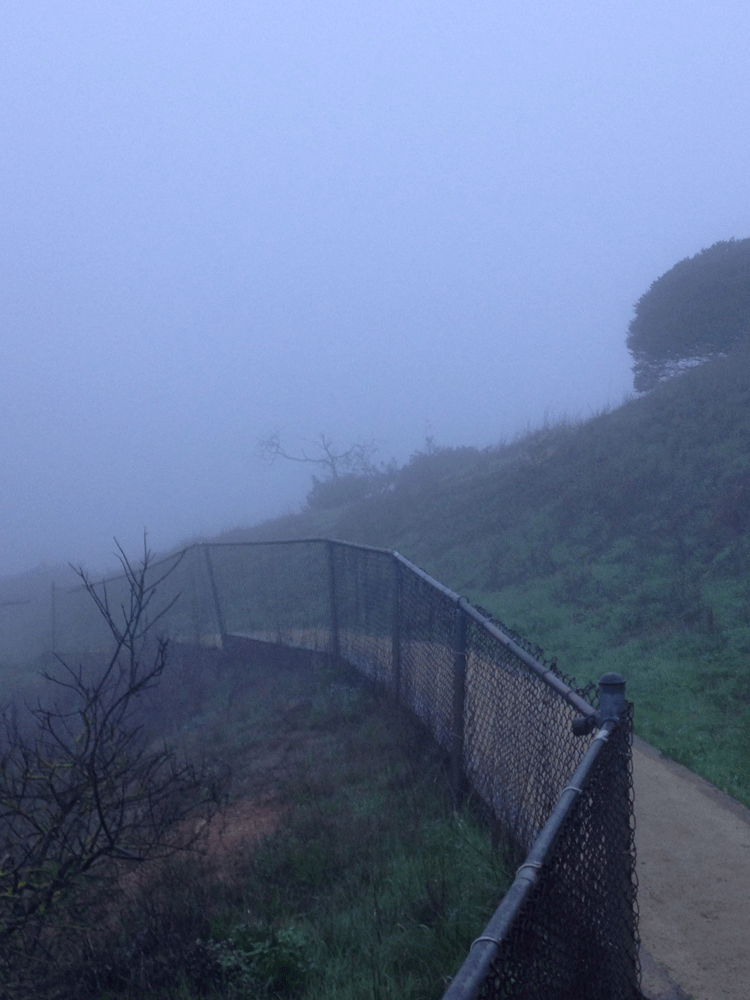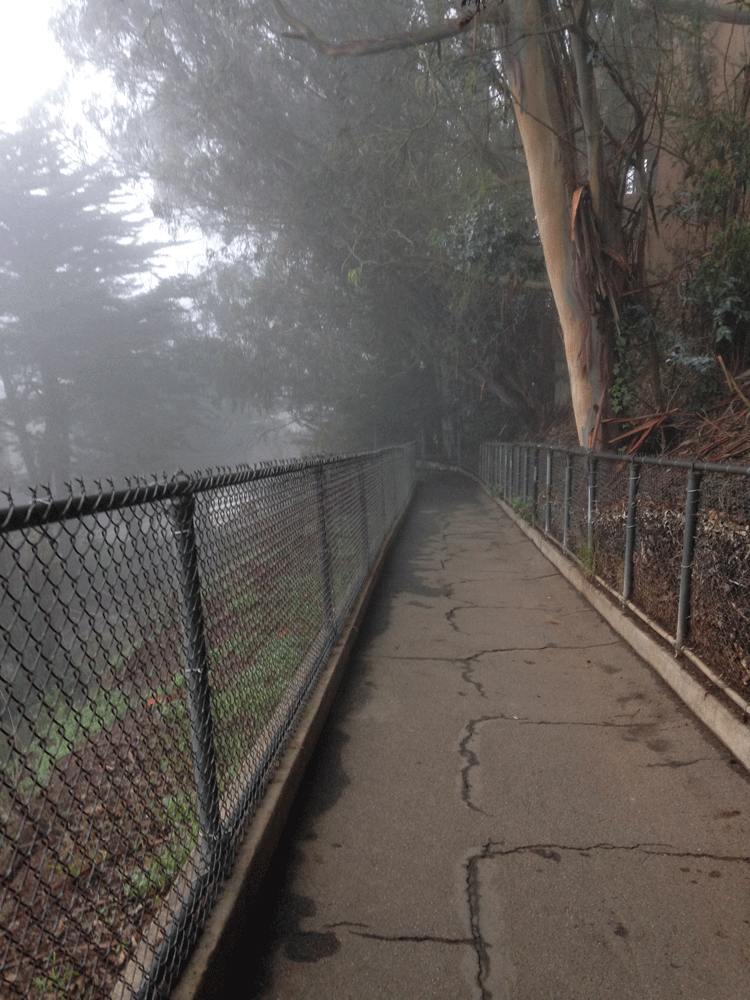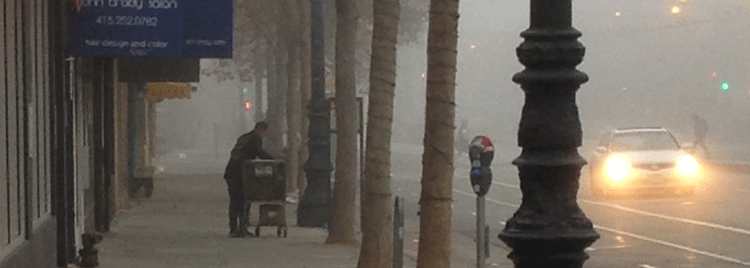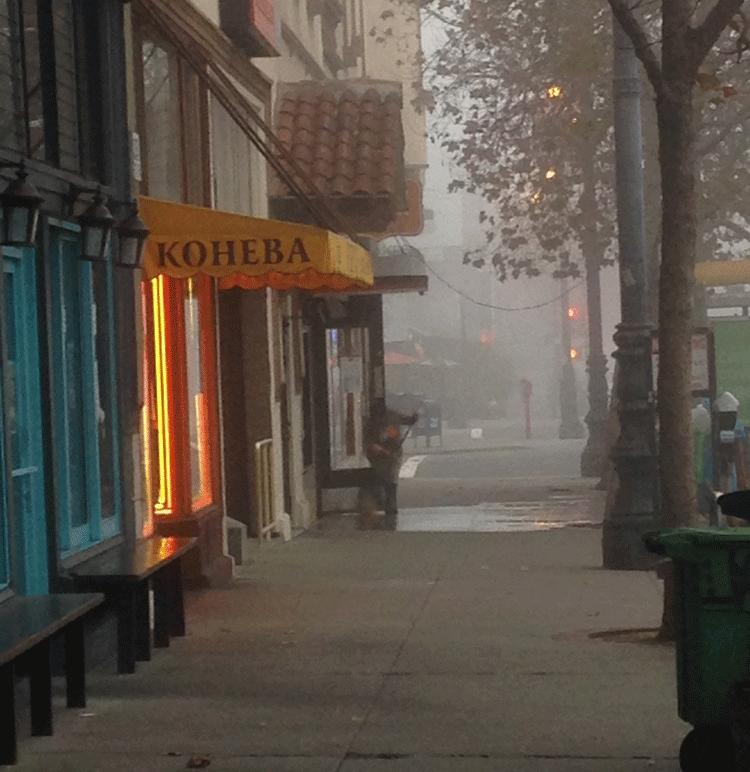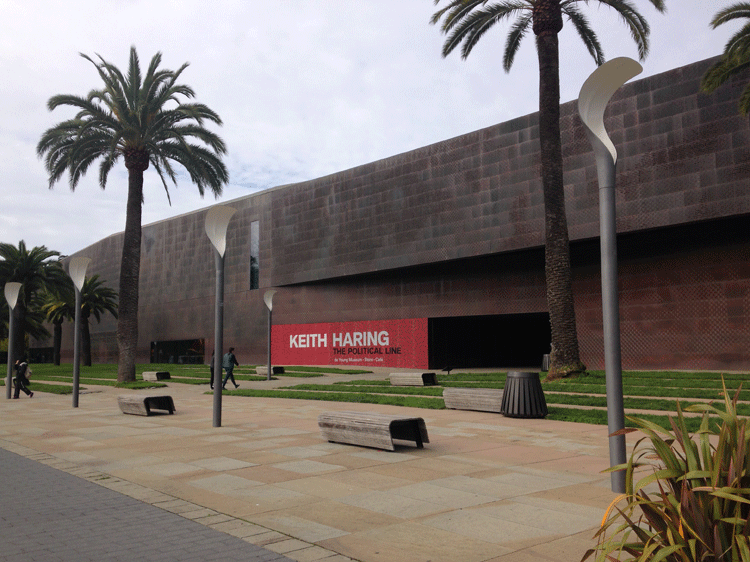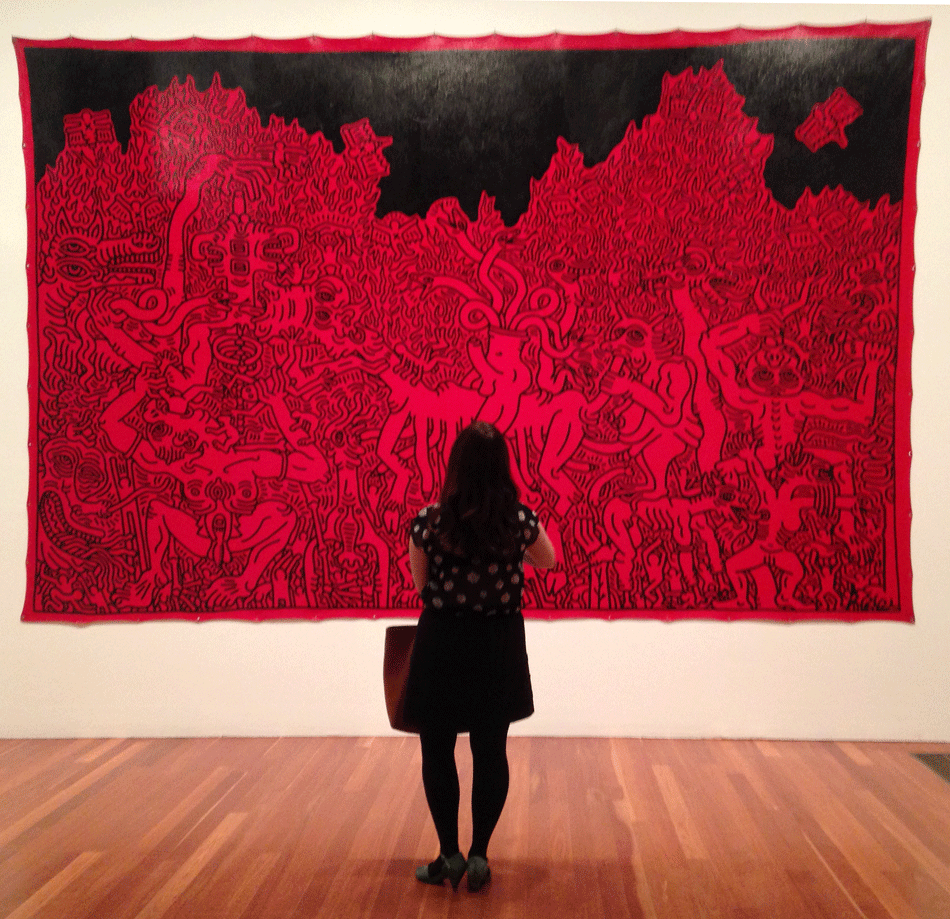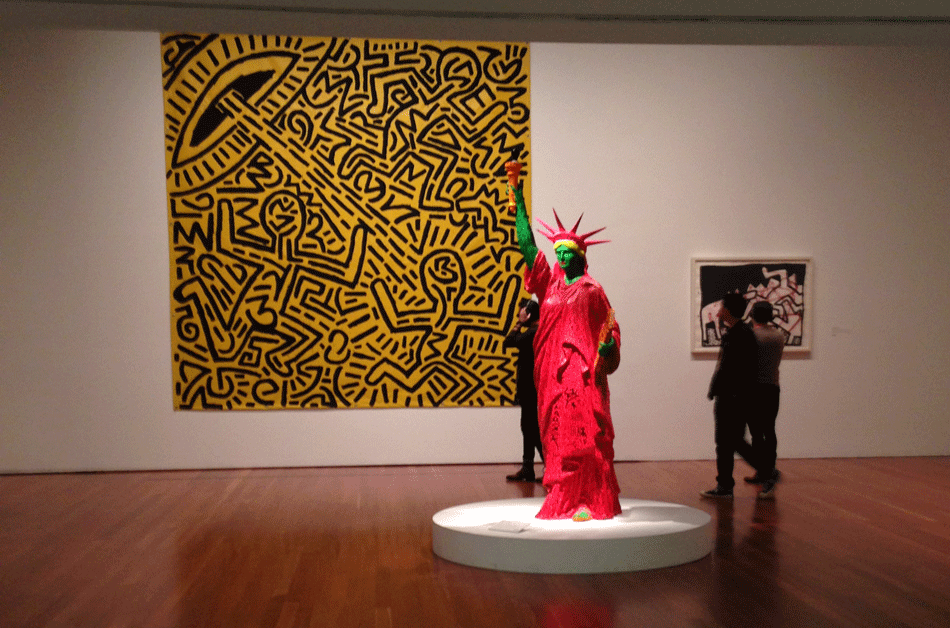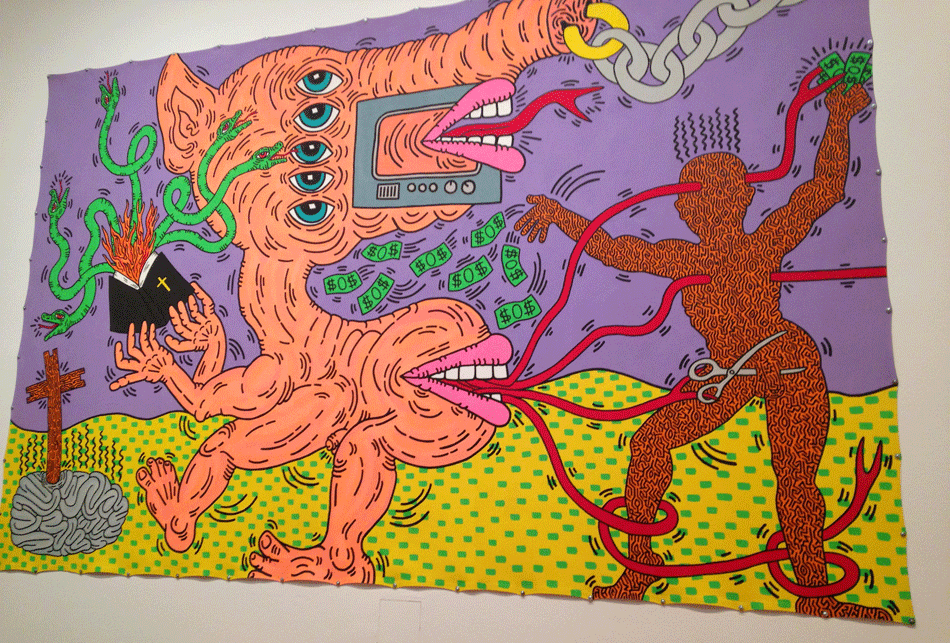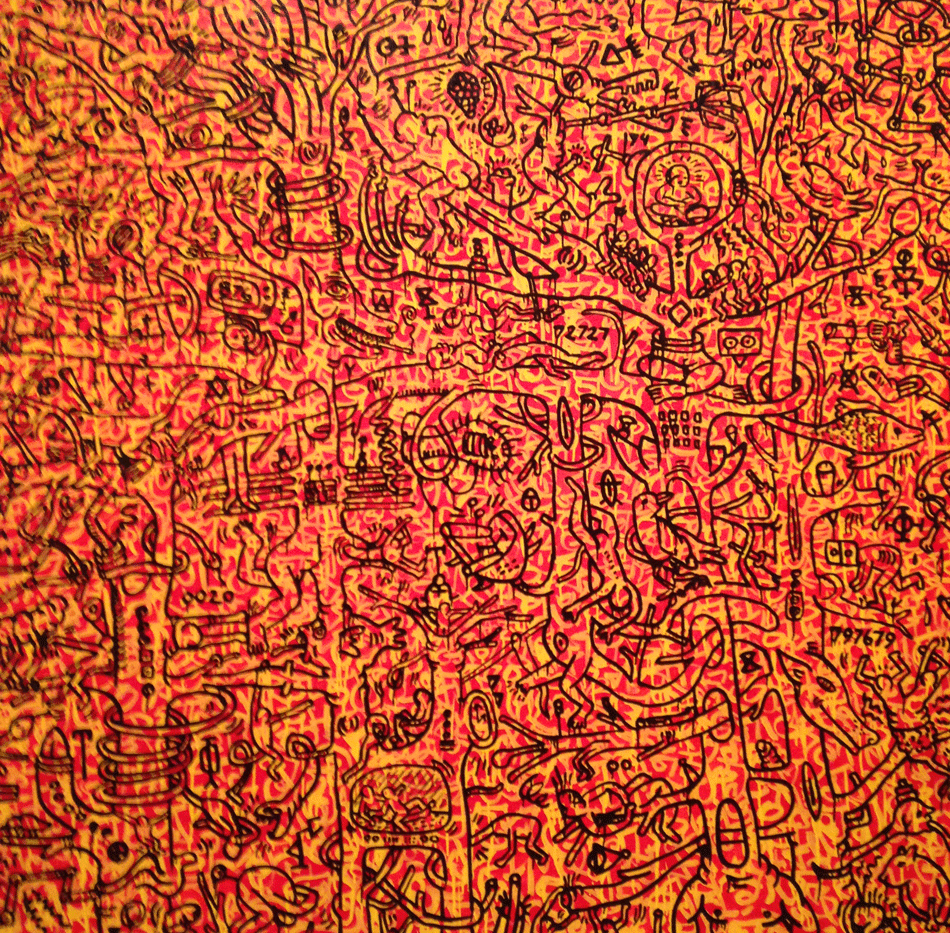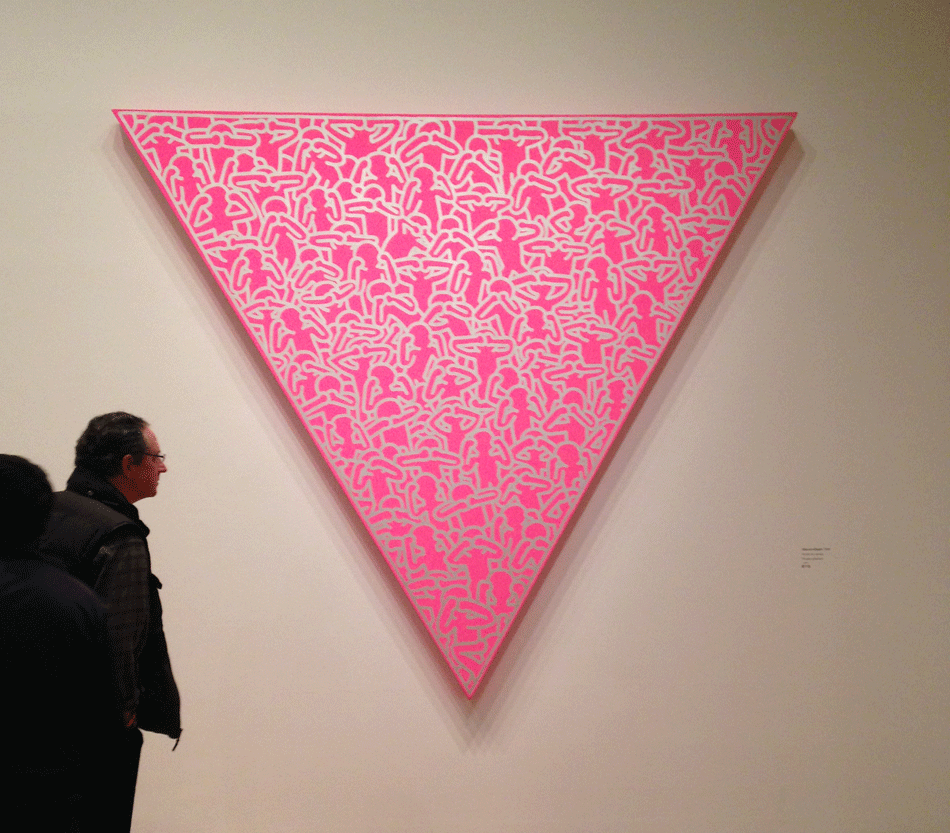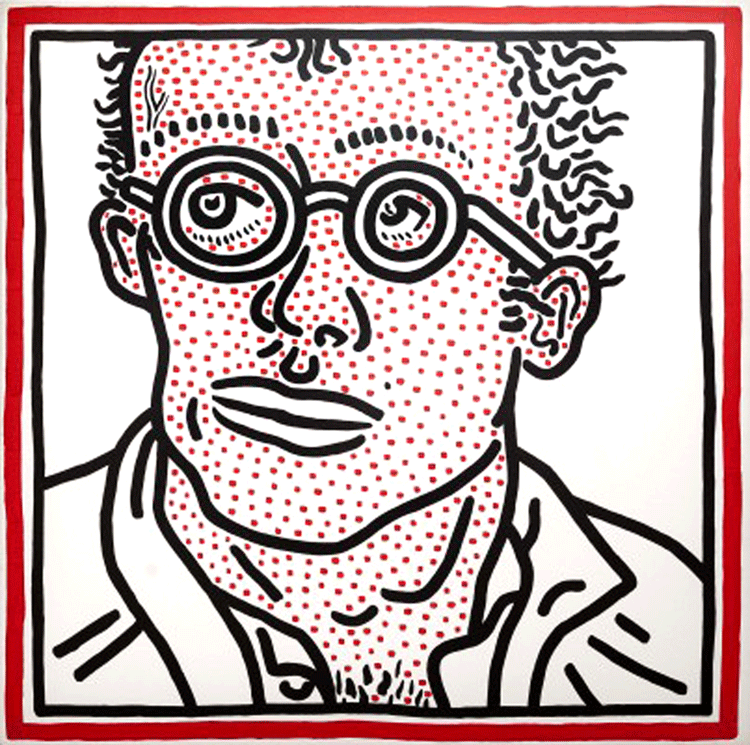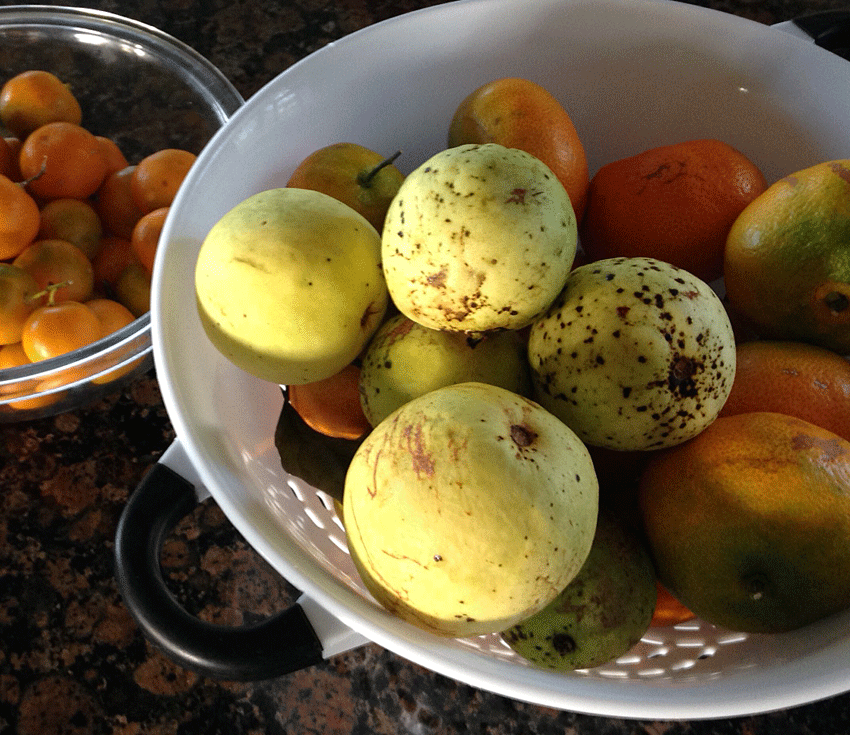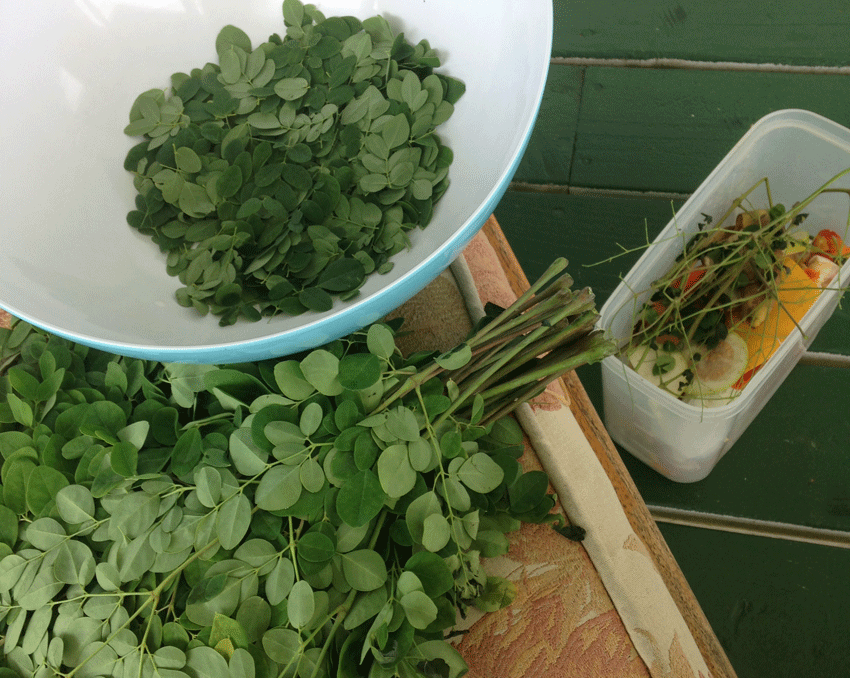[An incidental homage to Daniel Alarcon’s “At Night We Walk in Circles” with indebtedness to “The Gift“, by Lewis Hyde.]
On Sundays we’ve taken to going for walks in the morning to get the blood flowing and perhaps, to put it one way, transition from the perennial work hangover that is Saturday into the downward work spiral known as Sunday.
Or said optimistically: To flush the beautiful lethargy of sleep from our systems. To stay connected to ourselves and this place. To shake the coma that is technology.
This morning, just at the beginning of dawn, a pink razor clamshell appeared in the sky. Far above bedroom windows across Potrero and the Bay, the sun struggled to rise from behind a nimbostratus veil. Other than the slow changing of the sky from a shade of charcoal to a shade of light grey, this faint rose-colored band was the only indicator that daylight was approaching.
We donned our tennis shoes and ventured out to seek the new day from atop Corona Heights, that Mars-like clump of rock and dirt that juts up into the City’s airspace like an alien child of Twin Peaks.
On the perimeter of the park three police cruisers sat parked outside a house, their flashing red lights casting echoing strobes into the mist. From the summit came the voices of young people, their pre-dawn gathering a likely after-party for their Saturday night.
The large field at the entrance to the park was muddy and wet. Its interior is covered in broken bark that the City puts there because the place will grow no grass; the mulch was lightly swimming this morning because of the recent rain. The eucalyptus that line the border along Randall Museum Road drop their leaves and seedlets with abandon, creating an additional soggy brine: one less road to follow.
We climbed two hundred feet from base of the park along an easy path that rings the hill and apexes just below the summit. Karl the Fog was sound asleep atop Corona Heights, crowning its peak with a heavy brume. As a result, the sunrise was illusory, the event itself elusive in the drench of fog.
“contending and reckoning”
The week began for me with an ill-timed trip to the airport on Monday evening. Rush hour. In the rain. Dark skies and slick, glistening streets choked with cars. It cast a sullen mood over the entire week: the barely moving red-tinted traffic served as visual metaphor for the lethargic flow of blood in my body; the horns and aggravation from poorly timed stoplights mimicked the discordant symphony of frustration in my brain.
The foul mood came on the heels of reading Daniel Alarcón’s “At Night We Walk in Circles” on the plane ride to and from Virginia, which is where we spent a fine Thanksgiving holiday. It overlapped with my reading of “The Gift”, by Lewis Hyde, a well-known book about creativity and the artist in the modern world.
The timing of this mood shift was ill-conceived although admittedly serendipitous. My foul mood arrived at the onset of the holidays, that transitional period between the fat binge of Thanksgiving and the glittery verve of Christmas when generally I’m at ease, easy-going…Lately, the pessimists have been doing a tiny dance upon my shoulders, whispering sadistic little ditties into my ear as if to thwart my attention. It’s perfect timing to call into question one’s true intentions.
The former of the two serendipitous book finds – Alarcón’s fine, fine, excellently crafted and linguistically tasty novel – was inspirational and entertaining. The latter – Lewis Hyde’s heavy handed yet revelatory delving into Walt Whitman as an artistic sage (a true democratic beacon of the creative gift) as part of his larger argument of art as a gift that is both intrinsic and must be shared if it is to thrive – was at first exhausting. Then, once I’d sat myself down to lunch and abandoned all the rest of life and gave myself permission to simply read, it left me nourished in the mind although feeling somewhat deficient in the heart.
“The gift is not used up in use”
A goal of walking on Sunday morning is to appease the angry demons, the likes of which roosted in my mood this past week; to help flush them out and diminish their influence. And to be honest, this mood business is all really the same old tired broken record: the quest for survival of the artist in a world of contradictory desires.
A seesaw in perpetual motion.
Yin choking Yang.
As Hyde rightly puts it, “the gift is not used up in use…It is the talent which is not in use that is lost or atrophies.” Furthermore, “Bestowal [of one’s gift] creates that empty place into which new energy may flow.” This is salient to remember for those of us who write for ourselves, who confront in some public forum, as Allen Ginsberg called it, “the muck of the mind.” We may desire a larger audience but we know that the writing doesn’t wait for the reader.
“I know that my body will decay.”
Whitman.
“No fixed identity can relax in the face of this knowledge.” – Hyde.
Hyde also talks about identity in “The Gift” – new identities coming to life as old one’s perish. The decay of Whitman’s leaves of grass is not a death. He solves the poetic calculus astutely: the decay is a renewal.
Mind you, all this talk of altruistic artistry is pleasant, and to couple it with the reading of a young writer whose gift has been bestowed in beautiful form is encouraging, but it’s been a little bit off-putting at this current juncture. When my bad mood lifts and my disappointment at the fallow returns of my artistic effort subsides, I’m sure I’ll cling to the sentiment as true. Perhaps I’ll even embrace it again, as I once used to.
Meantime, though, it seems to me – and the thought occurred to me as we wended our way down the hill towards the Castro for coffee – that perhaps I am undergoing an identity shift; maybe my current decaying frame of mind is akin to the falling of autumn leaves, my mood the changing of the seasons.
We’ve taken to going for walks on Sunday morning.
Yes, I know, I mentioned that.
What I didn’t realize until today is that we have an unwritten rule for our walks; it’s an intrinsic aspect of our nature perhaps. The rule is that we never backtrack on our way home. We always take a different route.
Said differently (and I’ll have to think about whether the metaphor fits): On Sundays, we walk in a circle.
